 2019 Hyundai Tucson III (facelift 2018) Dimensions, Size & Specs
2019 Hyundai Tucson III (facelift 2018) Dimensions, Size & SpecsMeasurements of the 2019 Hyundai Tucson III, engineered for optimal performance and comfort
| Dimensions | |
|---|---|
| Length: | 4480 mm176.4 in14.7 ft |
| Width: | 1850 mm72.8 in6.1 ft |
| Width (Opened Mirrors): | 2065 mm81.3 in6.8 ft |
| Height: | 1655 mm65.2 in5.4 ft |
| Ground Clearance: | 172 mm6.8 in0.6 ft |
| Trunk Capacity: | 459-878 liter16.2-31.0 cu ft |
| Trunk Capacity (Max): | 1449-1753 liter51.2-61.9 cu ft |
| Weight Specifications | |
| Curb Weight: | 1414-1645 kg3117-3627 lbs |
| Maximal permitted Weight: | 2030-2250 kg4475-4960 lbs |
| Roof Load: | 100 kg220 lbs |
| Tire Specifications | |
| Rims Sizes: | 17-inch rims:
|
| Tire Sizes: |
|
The Hyundai Tucson III facelift, produced between 2018 and 2020 and marketed as the 2019 model year, is a well-rounded compact SUV that balances modern design with versatile dimensions. The vehicle's length ranges from 4475 to 4480 mm (176.2 to 176.4 inches), positioning it comfortably within its segment for urban and suburban driving. Its width spans from 1849 to 1850 mm (72.8 to 72.8 inches), excluding mirrors, which increase the overall width to 2065 mm (81.3 inches) when opened, highlighting considerations for tight parking and lane navigating. With a height varying between 1650 and 1655 mm (65.0 to 65.2 inches), the Tucson III presents a commanding road presence without being overly tall.
Weighing in with a curb weight between 1414 and 1645 kg (3120 to 3626 lbs) and a maximum permissible weight ranging from 2030 to 2250 kg (4474 to 4960 lbs), this SUV offers a solid, stable ride while accommodating passengers and cargo safely. Cargo capacity is impressive and flexible, with luggage space starting at 459 liters (16.2 cubic feet) and expanding to 878 liters (31.0 cubic feet) when rear seats are upright, while folding down the rear seats increases this space significantly, providing between 1449 and 1753 liters (51.2 to 61.9 cubic feet) for larger loads. This makes the Tucson III practical for family trips and everyday hauling.
The vehicle’s ride height or ground clearance is set at 172 mm (6.8 inches), enabling confident navigation over moderately rough terrain and cleared road obstacles typical for SUVs. Rims offered include sizes from 17 to 19 inches, with tire sizes ranging between 225/60 R17 and 245/45 R19, balancing ride comfort and handling performance. The roof load capacity of 100 kg (220 lbs) supports additional cargo options like roof boxes or sports equipment carriers. Overall, the Hyundai Tucson III facelift (2018-2020) delivers compact SUV dimensions and features well-suited for drivers seeking a versatile and stylish vehicle for urban and recreational use.
Discover the standout features that make the 2019 Hyundai Tucson III a leader in its class
Have a question? Please check our knowledgebase first.
The Hyundai Tucson III facelift from 2019 has a length ranging between 4475 mm to 4480 mm (approximately 176.2 to 176.4 inches). Its width varies slightly between 1849 mm and 1850 mm (about 72.8 to 72.8 inches) without the mirrors, while the width with opened mirrors expands to 2065 mm (around 81.3 inches). The vehicle’s height ranges between 1650 mm to 1655 mm (roughly 65.0 to 65.2 inches). These dimensions place the Tucson III facelift comfortably in the compact SUV segment, offering balanced proportions suited for both urban driving and more spacious interior comfort.
The curb weight of the 2019 Hyundai Tucson III facelift varies between 1414 kg and 1645 kg, translating to approximately 3118 to 3626 pounds. This weight range depends on specific trim levels and optional equipment packages. The maximum permissible weight of the vehicle is between 2030 kg and 2250 kg (roughly 4474 to 4960 pounds), which includes passengers, cargo, and any additional load. These weight figures reflect a well-balanced SUV with sufficient strength for a safe and stable ride without compromising agility.
The Hyundai Tucson III facelift offers a flexible luggage capacity well-suited for families and outdoor enthusiasts. With all seats in use, the luggage compartment holds between 459 liters and 878 liters (approximately 16.2 to 31.0 cubic feet), depending on the specific configuration. When the rear seats are folded down, the available cargo volume expands significantly to between 1449 liters and 1753 liters (around 51.2 to 61.9 cubic feet). This flexibility allows owners to accommodate larger items and maximize cargo space on demand, making the Tucson ideal for both daily errands and weekend getaways.
The ride height or ground clearance of the 2019 Hyundai Tucson III facelift stands at 172 mm (6.77 inches). This moderate ground clearance is typical for a compact SUV, enabling the vehicle to handle uneven road surfaces, potholes, and mild off-road situations comfortably. It strikes a good balance between offering enough clearance to avoid scraping on rough terrain while maintaining a center of gravity that supports stable handling and responsive on-road dynamics. This makes the Tucson well-suited for diverse driving conditions, from urban streets to country roads.
The 2019 Hyundai Tucson III facelift comes equipped with a variety of rim and tire sizes to suit different driving preferences and trim levels. Rim sizes available include 7.0J x 17, 7.0J x 18, 7.5J x 19, and 7J x 17 or 18 inches. The corresponding tire sizes offered are 225/60 R17, 225/55 R18, and 245/45 R19. These options provide drivers with choices balancing ride comfort, handling dynamics, and visual style, allowing customization that fits both everyday driving needs and sportier performance setups.
Most standard residential garages have an internal width of about 2400 mm (approximately 94.5 inches) and a height of around 2100 to 2200 mm (about 82.7 to 86.6 inches). Considering the Hyundai Tucson III facelift’s width of up to 2065 mm (81.3 inches) including opened mirrors, it fits comfortably in terms of width when the mirrors are folded, which is typical when parking. The height of approximately 1655 mm (65.2 inches) also allows ample clearance within a standard garage. Therefore, the Tucson III facelift generally fits in standard single-car garages with sufficient ease, provided mirrors are folded in during parking.
Compared to the Tucson II generation, the Tucson III facelift (2019) exhibits a moderate increase in dimensions. Typically, the Tucson II measured around 4400 mm in length, slightly shorter than the 4475-4480 mm of the facelifted Tucson III. Width and height dimensions have also been marginally increased to enhance interior space and road presence. These changes result in more legroom, increased cargo capacity, and improved overall comfort while retaining the compact SUV footprint. This evolutionary growth makes the Tucson III facelift a refined and more spacious offering compared to its predecessor while maintaining manageable urban driving characteristics.
Within the competitive compact SUV segment, the Hyundai Tucson III facelift holds well with a length of about 4475-4480 mm (176.2-176.4 inches) and width of around 1849-1850 mm (72.8 to 72.8 inches), which is comparable to rivals like the Toyota RAV4 and Honda CR-V. The luggage capacity and ride height also align closely with these competitors, offering versatile cargo space and comfortable ground clearance for mixed driving conditions. While it isn't the largest in terms of exterior footprint, its efficient use of interior space and well-balanced dimensions provide strong competitiveness in both urban and suburban applications.
The 2019 facelift of the Hyundai Tucson III brought various refinements over the pre-facelift model. Aesthetic updates typically included refreshed front and rear bumpers, redesigned LED headlights and taillights, and updated grille styling to keep the SUV's appearance modern. Technological improvements such as upgraded infotainment systems or driver-assistance features were often added as well. Importantly, the core dimensions largely remained stable, ensuring that interior comfort and cargo space were preserved while enhancing the vehicle’s appeal and functional features.
The Hyundai Tucson III facelift (2019) supports a maximum roof load of 100 kilograms (approximately 220 pounds). This capacity allows owners to mount roof boxes, bicycle racks, or other cargo carriers without compromising vehicle stability or safety, provided the weight limit is not exceeded. Carrying cargo on the roof can be useful for extra storage space, especially for outdoor activities or travel. However, it's important to remember that excessive roof load can affect the vehicle's center of gravity and aerodynamics, so adhering to this limit ensures safe handling while maximizing utility.
Discover similar sized cars.
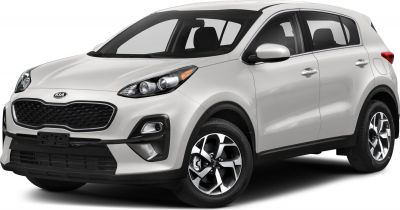
| Production: | 2018-2021 |
|---|---|
| Model Year: | 2018 |
| Length: | 4485 mm176.6 in |
| Width: | 1855 mm73.0 in |
| Height: | 1635-1656 mm64.4-65.2 in |
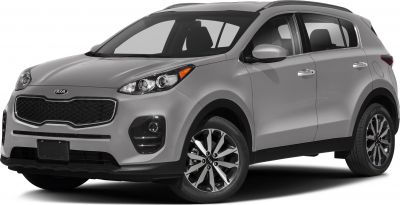
| Production: | 2016-2018 |
|---|---|
| Model Year: | 2016 |
| Length: | 4480 mm176.4 in |
| Width: | 2085 mm82.1 in |
| Height: | 1635-1656 mm64.4-65.2 in |
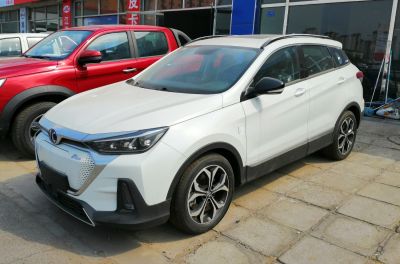
| Production: | 2019-present |
|---|---|
| Model Year: | 2019 |
| Length: | 4480 mm176.4 in |
| Width: | 1837 mm72.3 in |
| Height: | 1673 mm65.9 in |
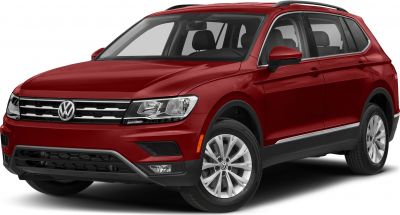
| Production: | 2016-2020 |
|---|---|
| Model Year: | 2016 |
| Length: | 4486 mm176.6 in |
| Width: | 2099 mm82.6 in |
| Height: | 1654-1673 mm65.1-65.9 in |
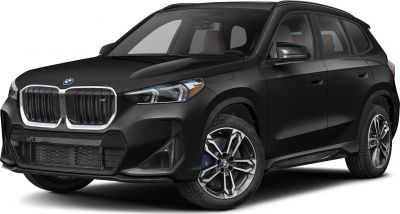
| Production: | 2022-present |
|---|---|
| Model Year: | 2022 |
| Length: | 4505 mm177.4 in |
| Width: | 2104 mm82.8 in |
| Height: | 1622-1642 mm63.9-64.6 in |

| Production: | 2019-2022 |
|---|---|
| Model Year: | 2019 |
| Length: | 4447 mm175.1 in |
| Width: | 2060 mm81.1 in |
| Height: | 1598 mm62.9 in |
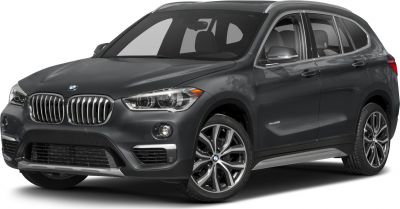
| Production: | 2015-2019 |
|---|---|
| Model Year: | 2015 |
| Length: | 4439 mm174.8 in |
| Width: | 1821 mm71.7 in |
| Height: | 1598 mm62.9 in |
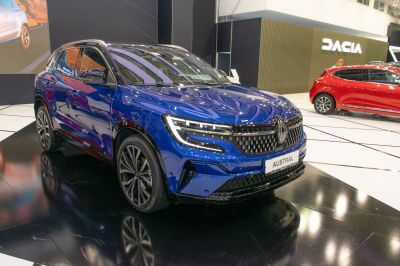
| Production: | 2022-present |
|---|---|
| Model Year: | 2023 |
| Length: | 4510 mm177.6 in |
| Width: | 2083 mm82.0 in |
| Height: | 1644 mm64.7 in |
